
The Impact of Environmental Factors on Hair Health
The Impact of Environmental Factors on Hair Health
Our hair often reflects our overall health
Explore how environmental factors like pollution, UV exposure, and climate conditions affect hair health. Learn effective strategies to protect your hair from environmental damage and maintain its vitality.
Pollution
Particulate matter (PM), nitrogen dioxide, and sulphur dioxide are common air pollutants that settle on the scalp.
Water Quality
While we trust our water supply keeps us clean, water quality can significantly impact our hair. What flows through your showerhead
UV Radiation
Sun exposure isn't just a concern for your skin. Prolonged UV radiation can damage your hair, especially if it’s colour-treated or weakened
The Impact of Air, Water, and Weather on Hair Growth
Our hair often reflects our overall health, but many people don’t realise how heavily the environment influences it. Environmental factors can silently and steadily degrade hair quality, from the polluted air we breathe to the water we use to wash our hair. Yet unlike genetics or age, these influences are external—and importantly, preventable. In today’s world, our exposure to harmful elements is more frequent than ever before, largely due to rising pollution levels, the use of chemical-laden products, and fluctuating climate conditions. These environmental aggressors can damage the scalp, strip natural oils, weaken the hair shaft, and even disrupt the hair growth cycle. If left unaddressed, this steady decline in hair health can result in breakage, thinning, and even premature hair loss.
Our surroundings can have a significant impact on the condition of our hair that we may not be aware of. From the quality of air and water to sun exposure and the weather itself, external stressors constantly test the resilience of our scalp and strands. Understanding how these elements interact with the structure of your hair and the skin beneath it is crucial to protecting your locks. In this article, we’ll dive deep into the science behind environmental hair damage, uncover the daily threats you may be overlooking, and share practical, science-backed tips to keep your hair healthy. Let’s explore how your surroundings could be doing more damage than you think—and what you can do about it.
Why Your Environment Matters
It’s not just genetics or age that determines the state of your hair. The world around you plays a significant role in the quality and growth of your strands. Environmental aggressors can trigger scalp irritation, hair thinning, and even premature hair loss. As our exposure to pollutants and toxins increases, our hair becomes more vulnerable to breakage, dullness, and poor growth.
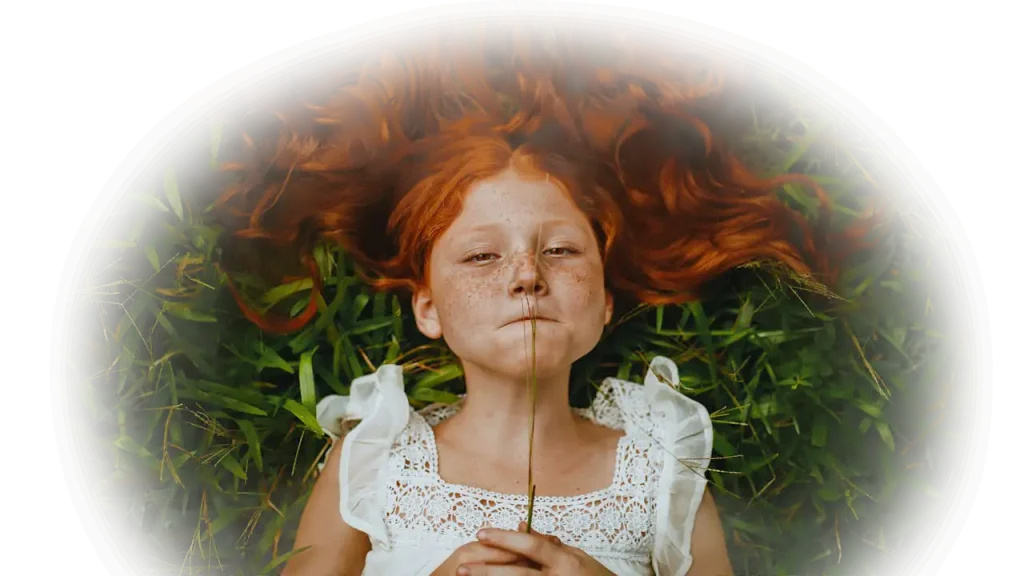
The Science Behind Hair Structure and Vulnerability
Hair is mainly made up of a protein called keratin, which is arranged in layers that form the cuticle (outer layer), cortex (middle layer), and medulla (inner core). The cuticle acts as a protective barrier, but it’s fragile and prone to damage from environmental stressors such as UV rays, pollutants, and chemicals. Once the cuticle is compromised, the inner layers are left exposed, leading to dryness and breakage.
The scalp, too, plays a vital role in maintaining hair health. It functions much like the skin on the rest of the body, serving as a barrier against harmful substances. However, chronic exposure to environmental toxins can impair its function, creating an environment that is less than ideal for hair growth.
The Difference Between Environmental and Genetic Factors
While genetics determines your hair type and potential for conditions like androgenic alopecia, it’s crucial to understand that environmental stressors can accelerate the onset or severity of hair problems. Unlike genetic factors, environmental influences are preventable and manageable, making awareness and protection essential. This knowledge empowers you to take control of your hair health.
Air Pollution and Hair Health: A Growing Urban Crisis
Living in densely populated or industrial areas increases your exposure to air pollutants, which may significantly affect your scalp and hair. Pollutants are invisible enemies, but their impact is far from minor.
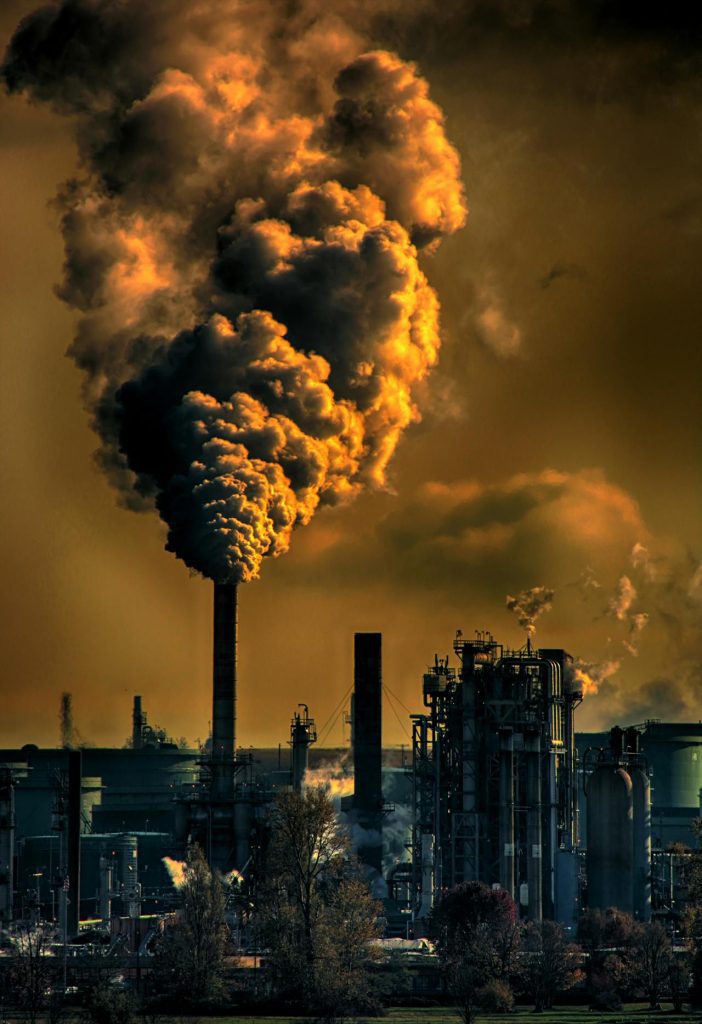
How Pollutants Affect the Scalp and Follicles
Particulate matter (PM), nitrogen dioxide, and sulphur dioxide are common air pollutants that settle on the scalp and hair shaft. These particles can penetrate the follicle, triggering inflammation, disrupting natural sebum production, and interfering with the hair growth cycle. Over time, this leads to thinning, dryness, and increased shedding.
Everyday Exposure You Might Overlook
Particulate matter (PM), nitrogen dioxide, and sulphur dioxide are common air pollutants that settle on the scalp and hair shaft. These particles can penetrate the follicle, triggering inflammation, disrupting natural sebum production, and interfering with the hair growth cycle. Over time, this leads to thinning, dryness, and increased shedding.
How to Defend Your Hair Against Pollution
Anti-pollution hair products containing antioxidants and purifying ingredients, such as charcoal or tea tree oil, can help reduce residue buildup. It’s also wise to wash your hair regularly with a gentle shampoo and use leave-in sprays designed to form a barrier against pollutants. These are practical, science-backed tips that you can easily incorporate into your hair care routine. Deep-cleansing treatments, applied once a week, can further support a healthy scalp.
Water Quality: What’s in Your Shower Might Be Harming Your Hair
While we trust our water supply keeps us clean, water quality can significantly impact our hair. What flows through your showerhead, from minerals to chlorine, could sabotage your haircare routine.
The Impact of Hard Water Versus Soft Water
Hard water contains high levels of minerals, such as calcium and magnesium. These minerals accumulate on the hair shaft, resulting in dryness, dullness, and difficulty managing your hair. On the other hand, soft water, which is free from these minerals, rinses shampoo and conditioner out more efficiently, resulting in smoother, more manageable hair.
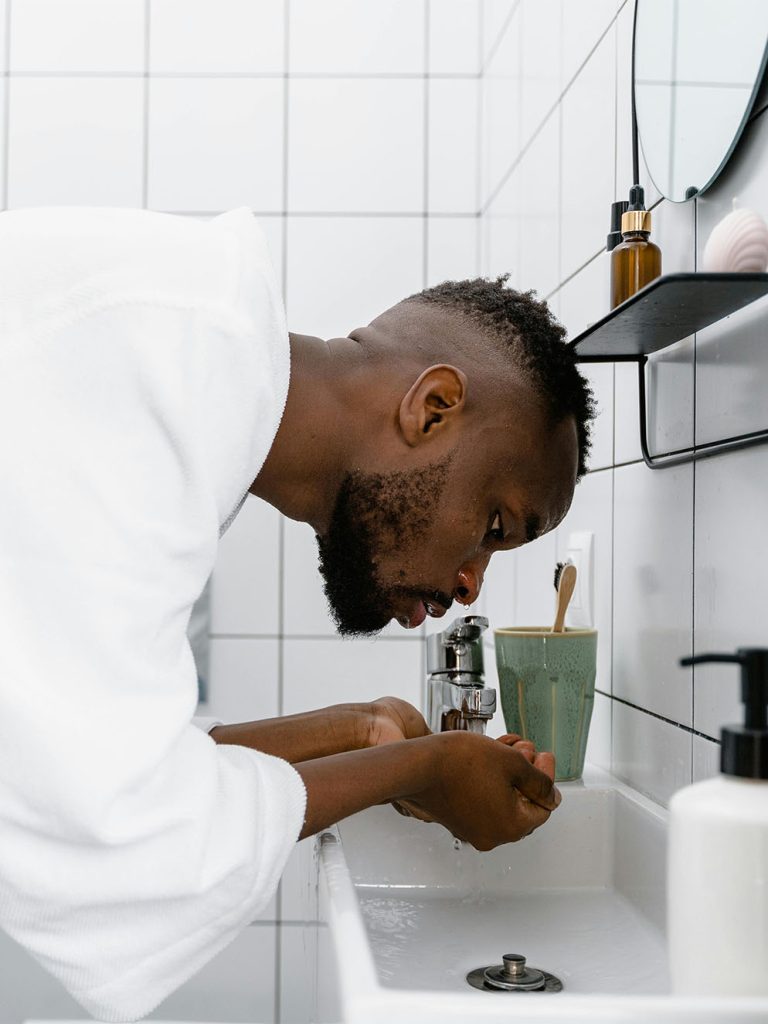
The Dangers of Chlorine and Chemical Exposure
If you regularly swim in chlorinated pools, the chemical can strip natural oils from your hair, leaving it dry and prone to breakage. Low chlorine levels may contribute to protein loss even in tap water, especially with frequent washing.
Protective Steps for Healthier Hair
Installing a shower filter that removes harsh minerals and chemicals is a great first step. After swimming, rinse your hair immediately and use a hydrating conditioner or mask. Rinsing hair with filtered or bottled water as a final step can also help counteract mineral buildup.
The Role of UV Radiation &Sun Exposure on Hair Health
Sun exposure isn’t just a concern for your skin. Prolonged UV radiation can damage your hair, especially if it’s colour-treated or weakened by other environmental elements.
The Effects of UV Rays
UVB rays affect the hair’s protein structure, while UVA rays degrade hair pigment. This double blow weakens the cuticle, fades colour, and contributes to brittle, dehydrated hair. Your natural defences aren’t always enough, especially in sunnier climates or during the summer months.
Visible Damage & Hidden Consequences
Hair overexposed to sunlight may become rough, faded, and prone to split ends. The scalp is also at risk, with sunburn potentially causing long-term damage to follicles and resulting in hair thinning.
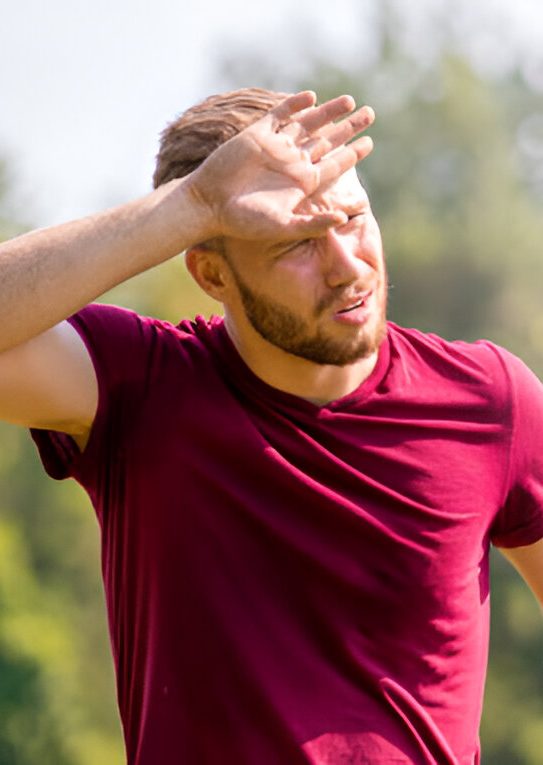
Visible Damage & Hidden Consequences
Hair overexposed to sunlight may become rough, faded, and prone to split ends. The scalp is also at risk, with sunburn potentially causing long-term damage to follicles and resulting in hair thinning.
Sun-Proofing Your Hair
Opt for haircare products that include SPF or UV filters. Wearing hats and scarves during peak sunlight hours provides an extra layer of protection. Hydrating hair masks can help reverse sun-induced damage by replenishing lost moisture.
Weather Extremes and Seasonal Shifts: What Happens to Your Hair?
The changing seasons bring a shift in temperature, humidity, and exposure, all of which affect hair. While the weather may be beyond your control, your haircare routine can adapt to match the conditions.
Summer Heat and Excess Sebum
Hot weather increases sweat and sebum production, which can clog hair follicles and result to scalp irritation. Due to increased moisture in the air, your hair may also frizz or feel heavier, affecting its overall texture and manageability.
Winter Dryness and Central Heating
Cold air holds less moisture, and indoor heating only worsens the dryness. Hair becomes more brittle, and the scalp can become flaky or itchy. Hats, while cosy, may also contribute to static and friction damage.
Adapting Your Routine Through the Seasons
Use lightweight, clarifying shampoos in summer and heavier, moisturising products in winter. Protective styles, which include braids and buns, can minimise exposure, and regular conditioning treatments will help maintain balance throughout the year.

Chemical Exposure in Everyday Life: Hidden Hair Saboteurs
You may unknowingly expose your hair to chemicals daily, whether through household products or your beauty routine.
-
Harmful Effects of Household Cleaners and VOCs
Cleaning agents such as bleach, ammonia, and air fresheners release volatile organic compounds (VOCs) that can irritate the scalp and weaken hair. Regular exposure—especially in poorly ventilated areas—can worsen sensitivity and cause allergic reactions. -
The Truth About Hair Products with Harsh Ingredients
Many haircare products contain sulphates, parabens, alcohol, and synthetic fragrances. If used frequently, these substances can remove the hair's natural oils, resulting in dryness and potential long-term damage. -
Making Safer Choices
Switch to sulphate-free, pH-balanced shampoos and conditioners. Look for products that consist of natural oils, plant extracts, and fewer chemical additives. Always read labels and opt for clean beauty brands when possible.
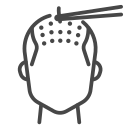

Lifestyle and Occupational Exposure
Certain occupations and lifestyle habits can increase your exposure to harmful environmental factors. Recognising your risk is the first step towards better protection.
The Hidden Dangers in Specific Professions
Hairdressers, factory workers, and healthcare professionals may be exposed to dyes, disinfectants, and fumes on a daily basis. These chemicals can be inhaled or absorbed through the scalp, leading to hair thinning and irritation over time.
Lifestyle Choices That Compound Damage
Smoking, open-fire cooking, and excessive heat styling introduce damaging substances to the scalp and hair. High stress and poor sleep can also weaken your body’s natural defences, including those that protect your hair.
Practical Protection for At-Risk Individuals
Wear protective caps or scarves, especially in high-exposure environments. Limit chemical treatments and heat styling. Incorporate regular scalp treatments into your routine and allow for recovery days to enable your hair to regain its strength and vitality.
How to Strengthen Hair from Within Against Environmental Damage
A healthy scalp and strong hair begin from within. Nourishing your body with the right nutrients is one of the best defences against environmental stress.
Nutrition
The Foundation of Resilient Hair

A diet rich in vitamins A, C, E, biotin, and omega-3 fatty acids supports collagen production and improves hair elasticity. Iron and zinc are vital for maintaining a healthy scalp and ensuring steady hair growth.
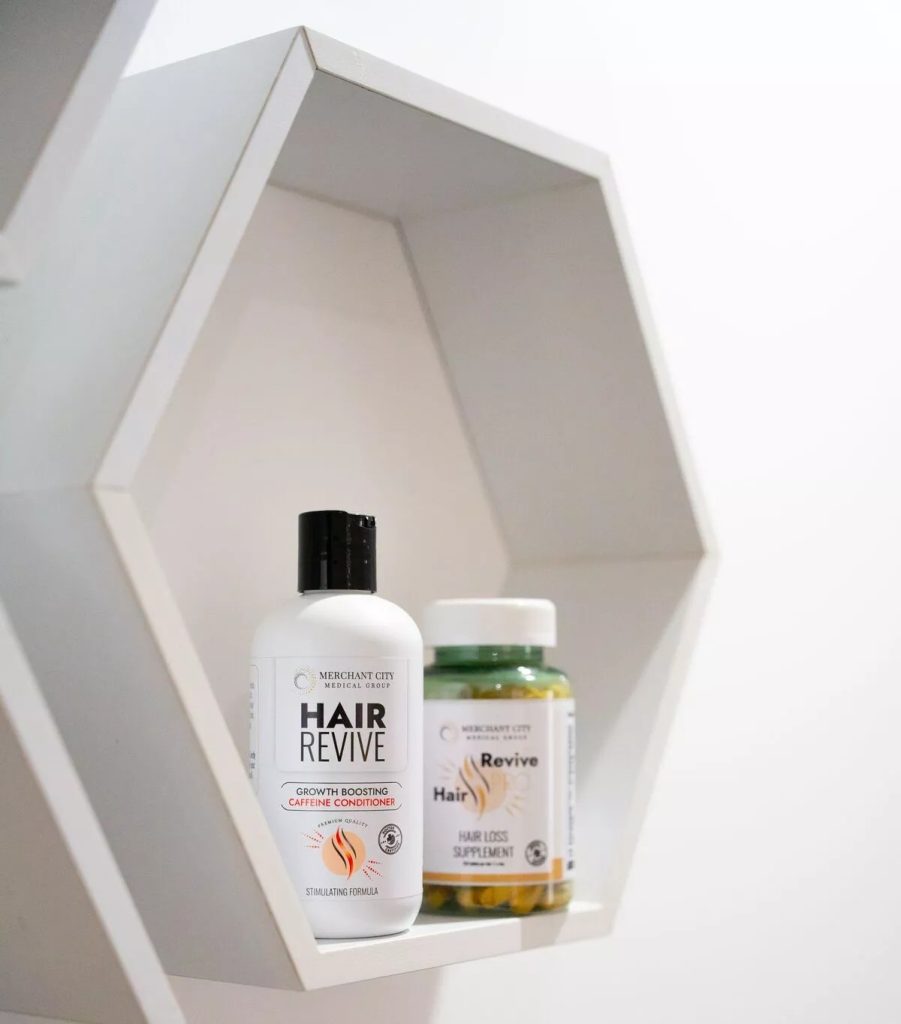
Supplements That Support Scalp and Follicle Health
Only from trusted Sources
When dietary sources fall short, supplements can fill the gap. Biotin, collagen peptides, and hair-specific blends with keratin and saw palmetto may help reinforce the scalp barrier and promote new growth.
Stress, Sleep, and Their Role in Hair Wellness
take some rest
Environmental stress doesn’t just come from outside. High cortisol levels, caused by chronic stress, can shorten the hair growth cycle and increase hair shedding. Regular exercise, quality sleep, and mindfulness practices are essential for a healthy hair lifestyle.

When Environmental Damage Needs Medical Attention
Sometimes, environmental stress takes a toll that simple at-home care can’t fix. Knowing when to seek help is critical.
Symptoms That Signal a Bigger Problem
Reach Medical Help
If you exprience sudden or patchy hair loss, persistent scalp irritation, or excessive thinning despite a healthy routine, environmental factors may have triggered a medical condition.
The Benefits of Seeing a Trichologist
Trichologists can perform scalp assessments, check for mineral imbalances, and suggest customised treatments. They help pinpoint external and internal causes of hair issues and guide patients towards lasting solutions.
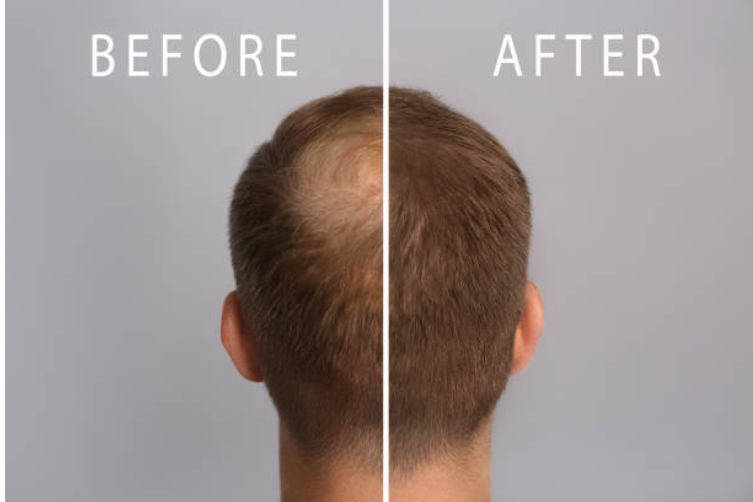
Advanced Treatments for Long-Term Hair Recovery
The clinic provides science-backed treatments to restore hair health and resilience.
- Follicular Unit Extraction (FUE) Hair Transplants
- PRP Therapy
- Medical-Grade Hair Growth Plans
- Comprehensive Hair Restoration
Personalised Consultations and Scalp Analysis
or those looking to address hair damage caused by environmental stressors, Merchant City Medical Group offers expert-led solutions tailored to your unique needs.
- Scalp Condition Analysis
- Customized Treatment Strategy
- Assessment of Environmental Exposures
Awareness, Care, and Expert Support
Environmental factors—often underestimated—have a profound impact on hair health. These influences are unavoidable but manageable, from the air you breathe to the water you wash with. Proper awareness, a tailored haircare routine, and expert guidance from professionals like those at Merchant City Medical Group can help protect your strands and keep your hair thriving in any environment.
Excellence Record
- 30+ Years of combined experience
- 10 + Experts
- 1000 + Satisfied Patients




